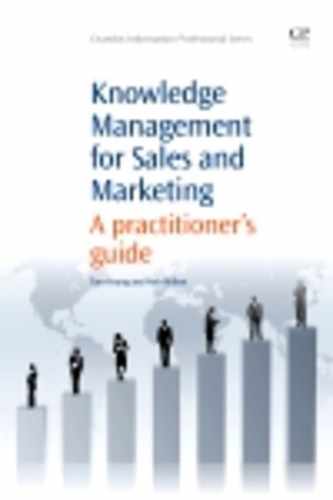List of figures and table
Figures
1.1. Data, information and knowledge 2
1.2. Knowledge flow from supplier to user 7
1.3. The enablers of knowledge management 10
1.4. The ‘learn before, during and after’ model 11
1.5. The link between knowledge and performance 13
1.6. The learning curve 15
1.7. Knowledge management and benchmarking 16
1.8. Categorisation of knowledge 17
2.1. Flow of knowledge along the internal supply chain 34
3.1. Knowledge management processes 37
4.1. The three community types 70
4.2. Nested communities 79
6.1. Knowledge management structure 96
7.1. Chains of KM accountability in an organisation 106
8.1. Tagging a document, the user can create a tag or accept a suggestion 114
8.2. Users can search on tags or on content 114
8.3. User changes context 117
8.4. Opening a file in the current context 117
10.1. Demarest’s knowledge management model 134
10.2. McAdam and McCreedy’s knowledge management model 135
10.3. Process map showing hand-offs between teams and individuals 137
10.4. The sales pipeline 138
10.5. Knowledge learning cycle: communication to staff on the structure of the knowledge and learning pack 143
10.6. Total sales pipeline resource 2004–2006 144
10.7. Total non-conformance 2004–2006 145
10.8. Total non-conformance, data supply team, 2004–2006 146
10.9. Total sales pipeline resource, data supply team, 2004–2006 146
10.10. Total sales pipeline resource, data supply team, 2004–2007 147
10.11. Total sales pipeline resources 2004–2007 148
10.12. Total non-conformance 2004–2007 150
10.13. Reduction in non-conformance with knowledge experts 2004–2007 150
A.1. Needs recognition and problem awareness 162
A.2. Information search 163
A.3. Alternatives 164
A.4. Purchase 165
A.5. Post-purchase evaluation 166
